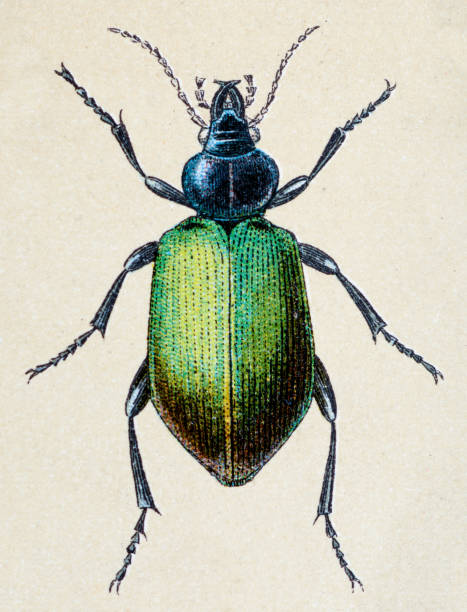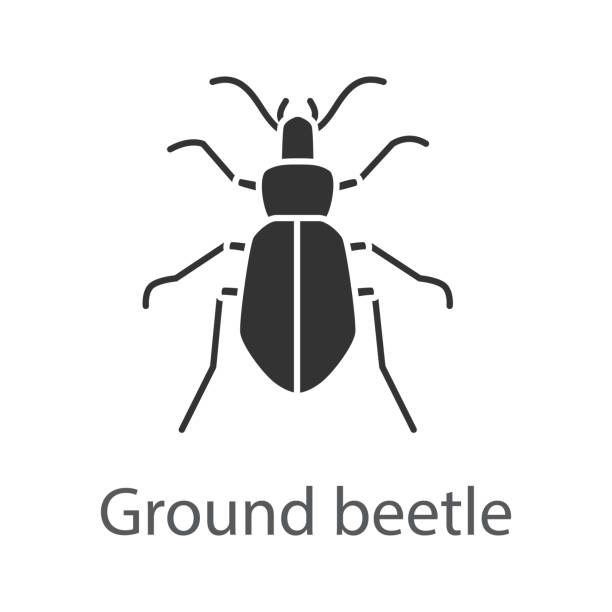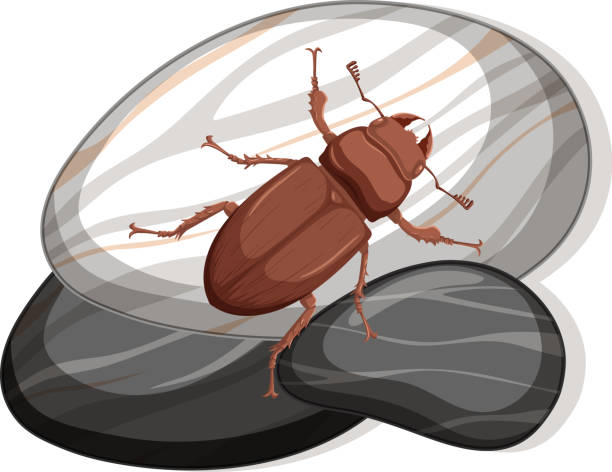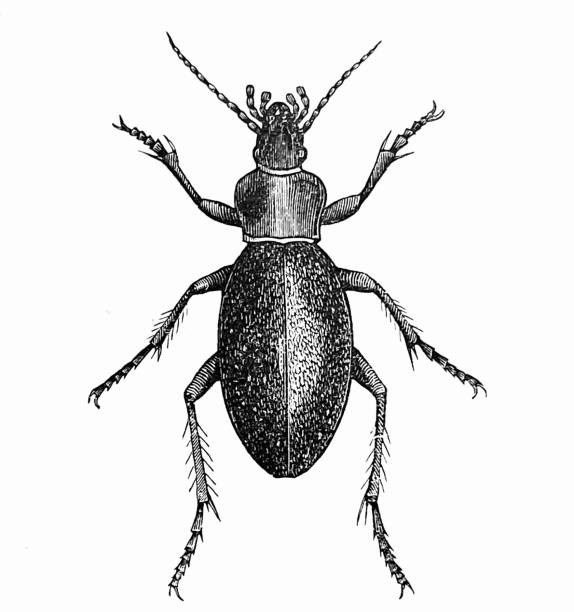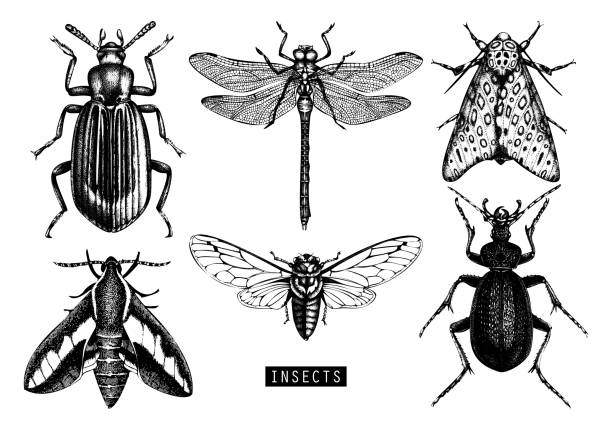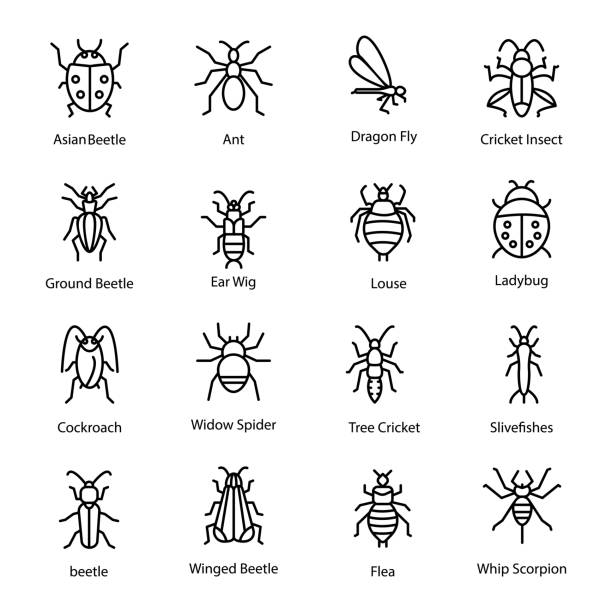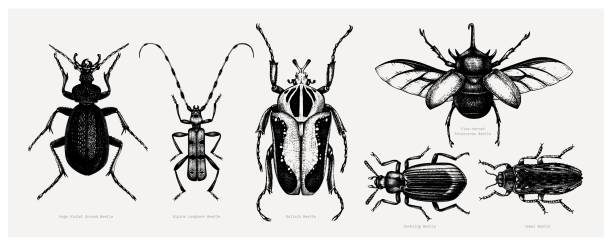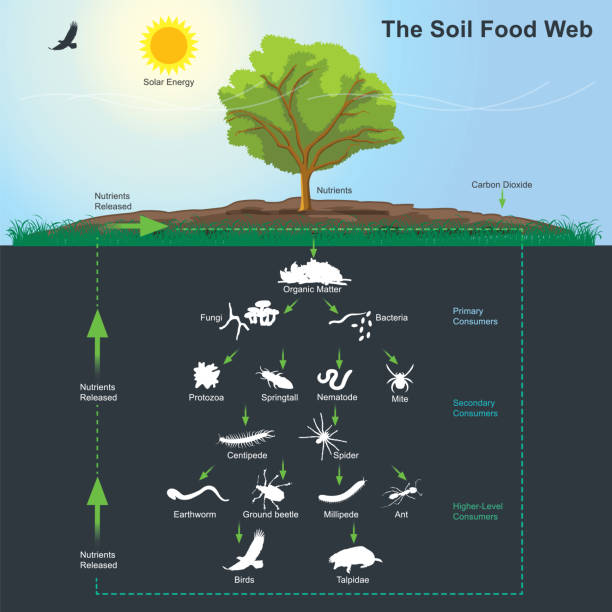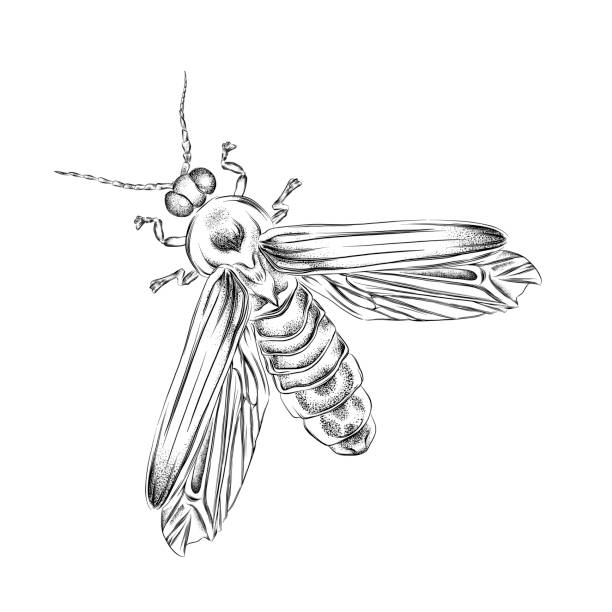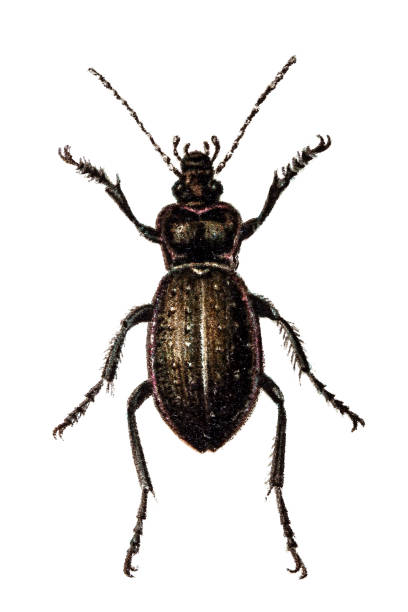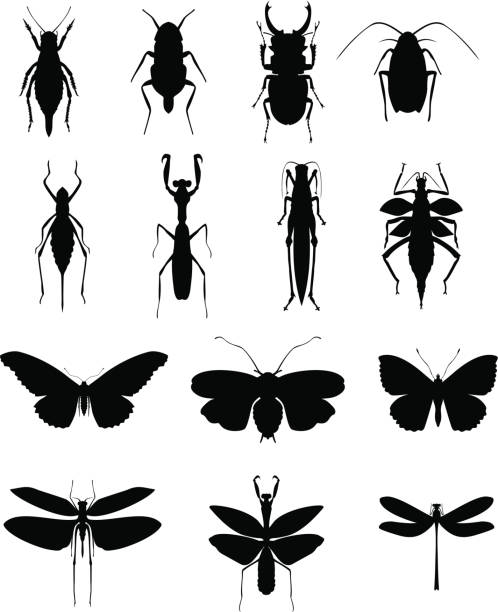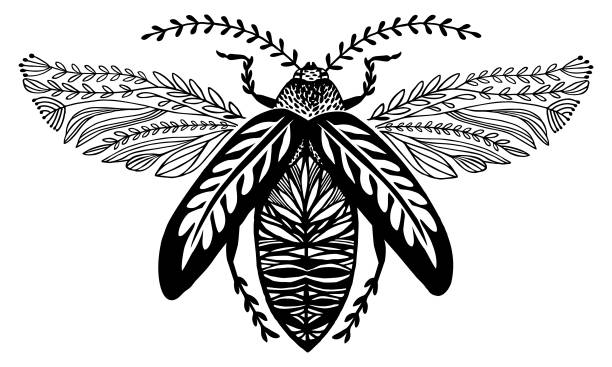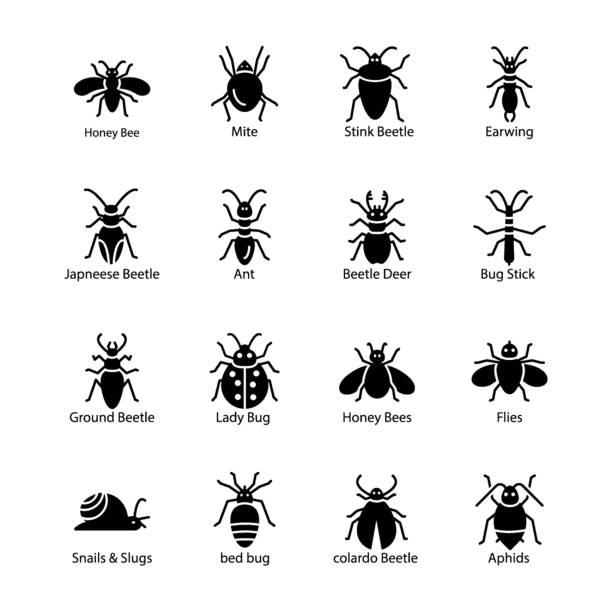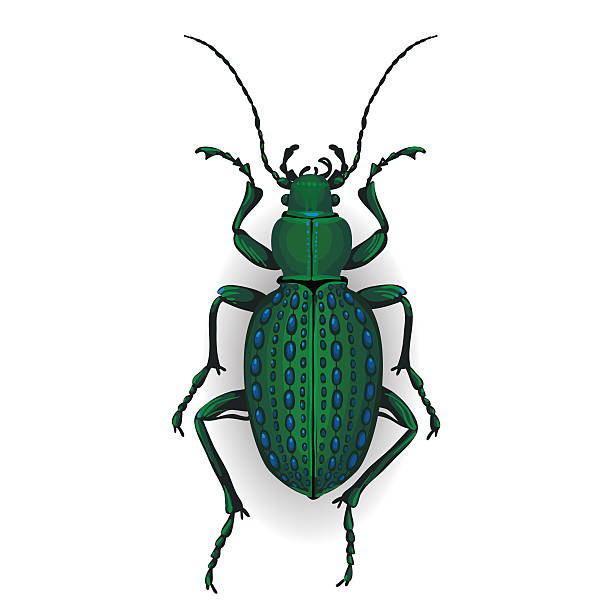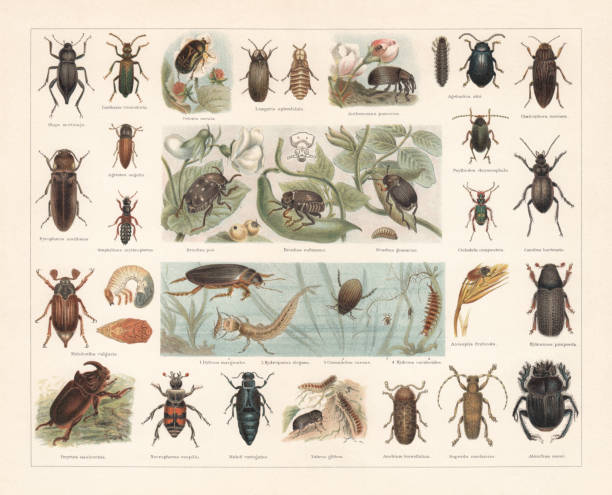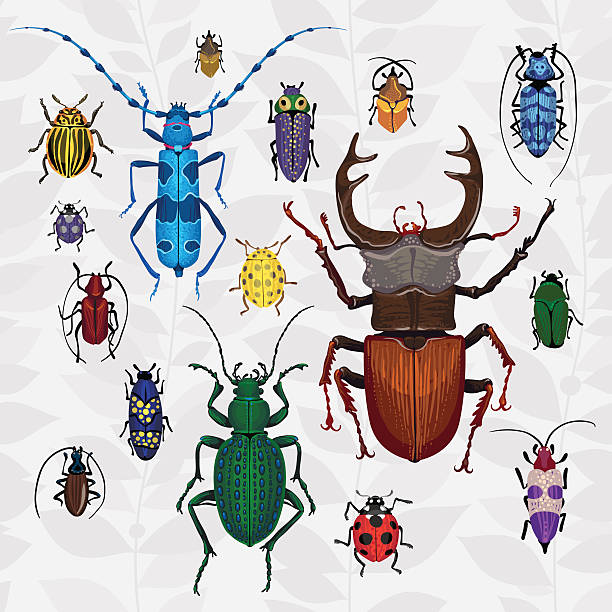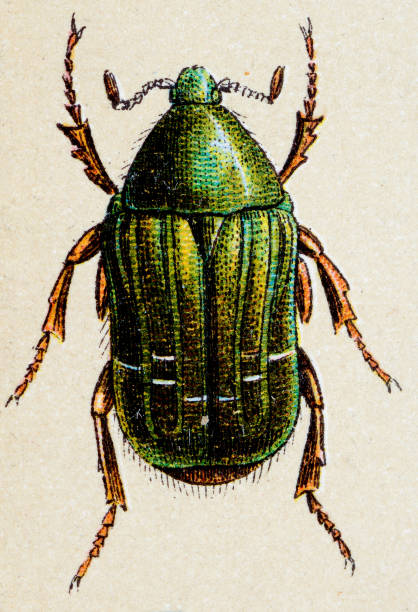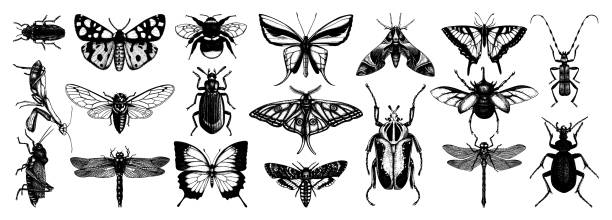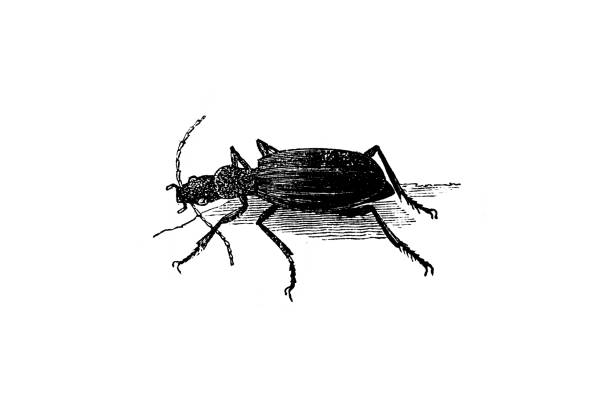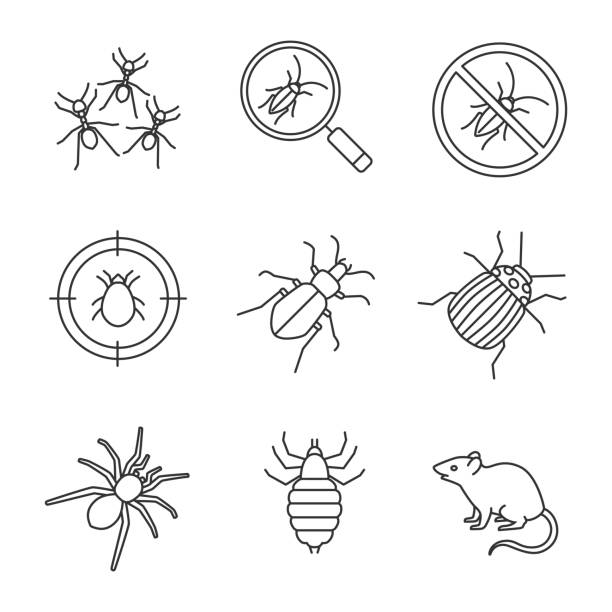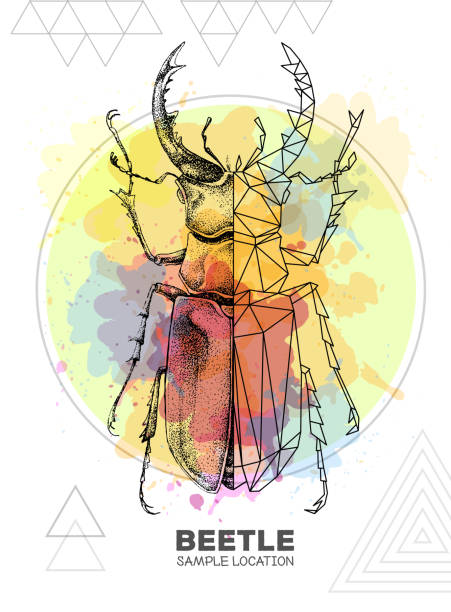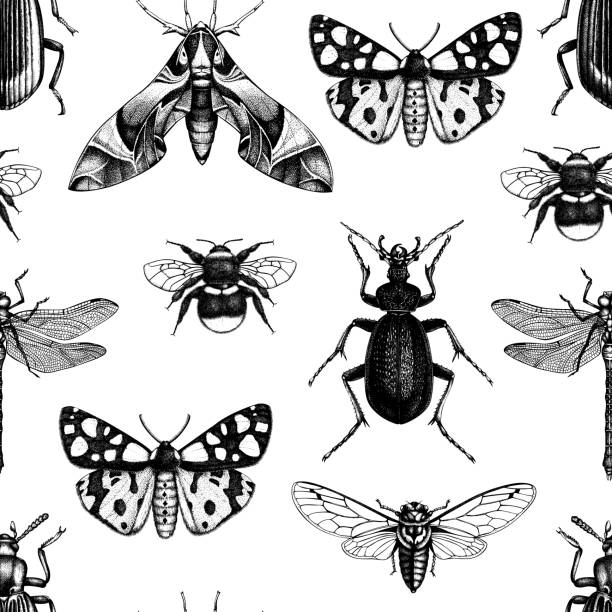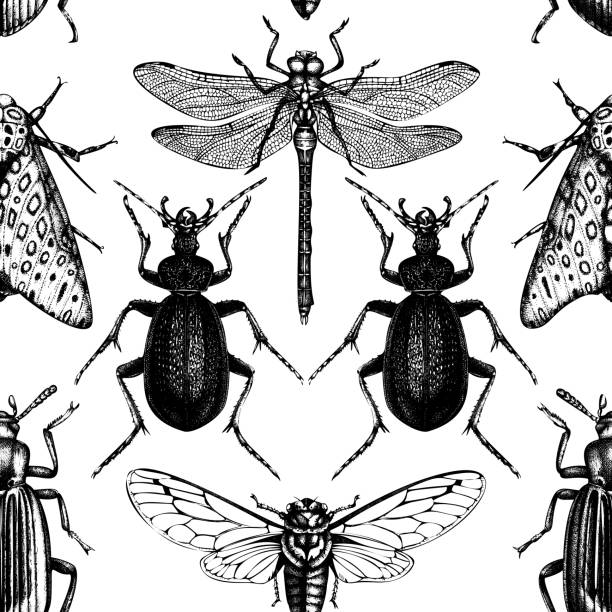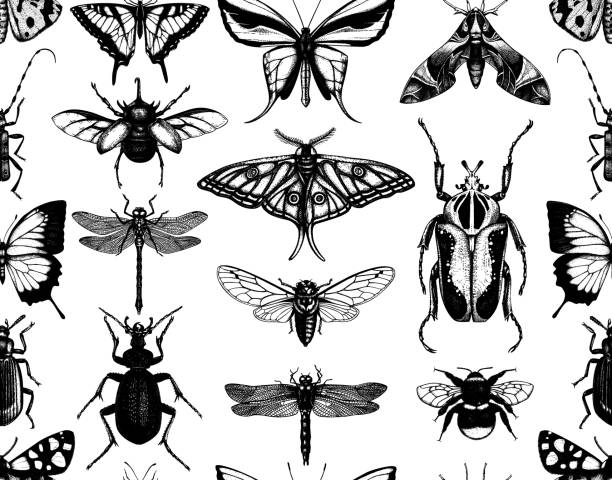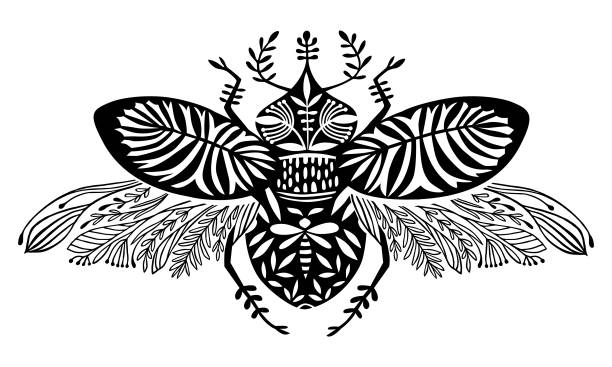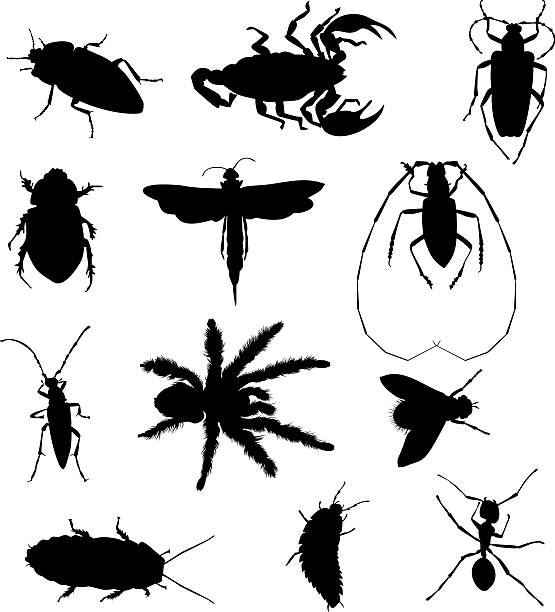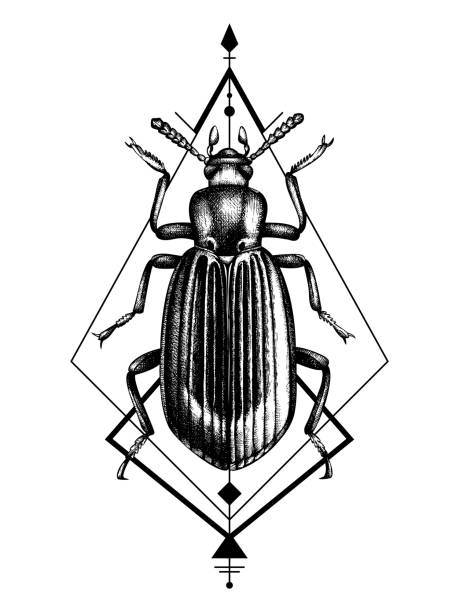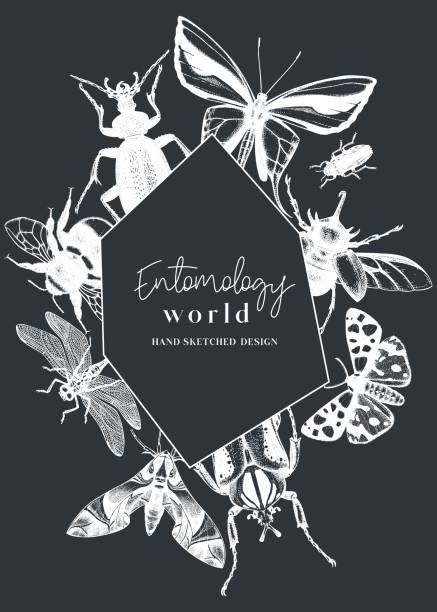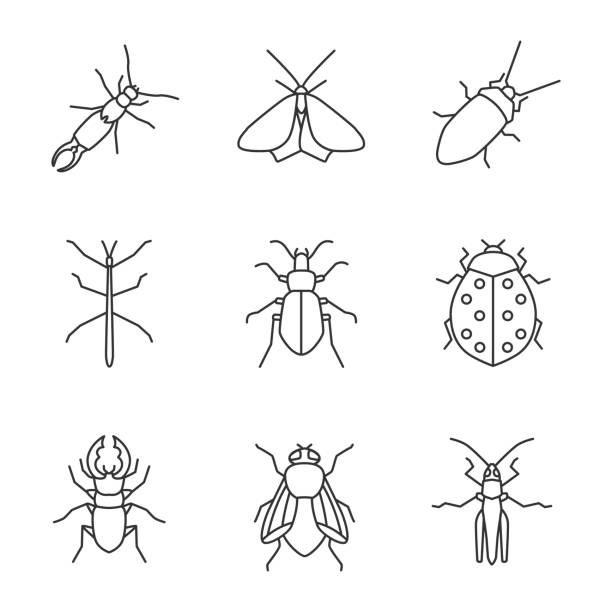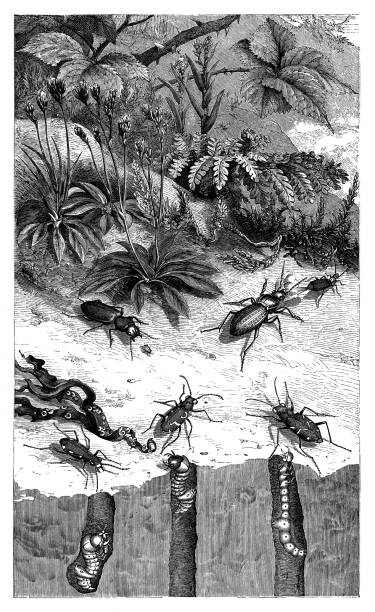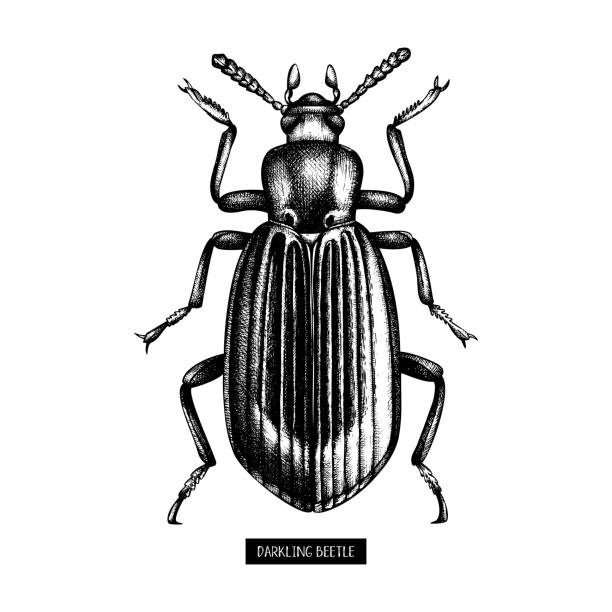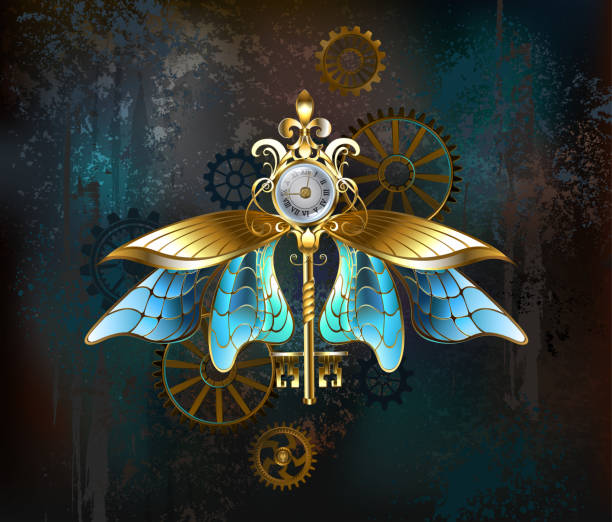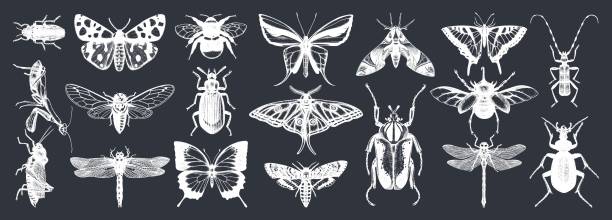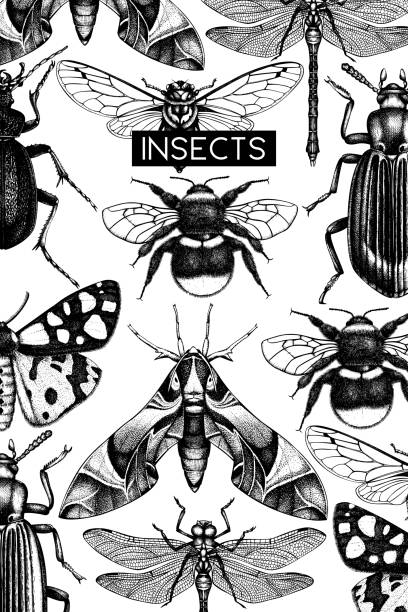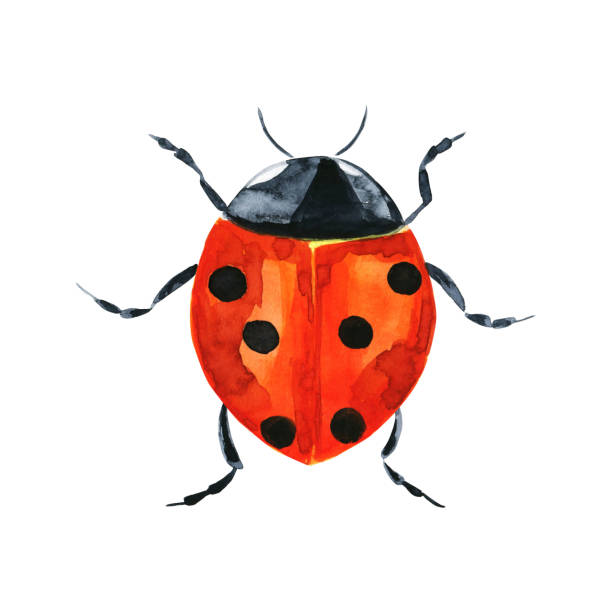
Ground Beetle stock illustrations
Browse 330+ ground beetle stock illustrations and vector graphics available royalty-free, or search for vivid metallic ground beetle or ground beetle uk to find more great stock images and vector art.

set of various insect in silhouette, with insect name. easy to modify
Ground beetle glyph icon. Vector silhouette
Set of insect collection in the book illustration
Top view of carabidae on a stone on white background illustration
set of various insect in silhouette, with insect name. easy to modify
Illustration from 19th century.
Vector collection of hand drawn insects. Vintage butterfily, cicada, beetle, bug, dragonfly illustrations. Tattoo drawing set.
Here is a set of garden bug line vector icons.You can find almost any kind of insect icon belonging to the nature. This icon set is perfect for your dire needs of representing the soft side of the fauna.
Vector collection of high detailed insects sketches. Hand drawn beetles illustrations in vintage style. Entomological drawings set. Beetles outlines
The soil food web is the community of organisms living all or part of their lives in the soil. It describes a complex living system in the soil and how it interacts with the environment, plants, and animals. Illustration info graphic.
Illustration of a Ground beetle (Carabus hortensis)
1. Necrophorus vespillo 2. Euchirus longimanus 3. Emus hirtus 4. Chrysochroa fulgidissima 5. Tricondyla aptera 6. Chrysochroa ocellata 7. Polybothris auriventris 8. Ceratorrhina torquata 9. Geotrupes typhoeus 10. Alaus lacteus 11. Ctenicera nobilis 12. Stephanorrhina guttata 13. Poyphylla critina 14. Dyticus marginalis 15. Goliathus regius 16. Hydrophilus aterrimus 17. heterorrhina Dohrni 18. Judolis rubrohirta 19. heliocopris bucephalus 20. Anthis 6-guttata 21. Carabus auratus 22. Cicindela chinensis 23. Eriocnemis Ptox 24. Dynastes Tityus Original edition from my own archives Source : Brockhaus 1898
Big collection of insects.
Coloured antique Beetle lithographic print from Plate 71, volume 2: A History Of The Earth And Animated Nature by Oliver Goldsmith, 1852. 1. Hercules Beetle or Rhino Stag Beetle 2. Scarabeus Tityus 3. Striped Click Beetle 4. Splendid Ground Beetle 5. Beautiful Capricorn Beetle 6. Marginated Malachius 7. Beautiful Burncow Beetle 8. Downy Weevil 9. Latreille's Weevil 10. Coppery Eumolpus 11. Spotted Lady-Bird Beetle 12. Noble Golden Beetle
Beetles (Coleoptera), left side: a) Rhinoceros beetle (Oryctes nasicornis); b) (Geotrupes stercorarius); c) Horned dung beetle (Copris lunaris); d) Scarabaeus sacer; e) Red dung beetle (Aphodius fimetarius); f) Cockchafer (Melolontha melolontha); g) Pine chafer (Polyphylla fullo); h) Green rose chafer (Cetonia aurata); i) Stag beetle (Lucanus cervus); j) Typographer beetle (Ips typographus); k) Burying beetle (Nicrophorus vespillo); l) Golden ground beetle (Carabus auratus); m) Lesser searcher beetle (Calosoma inquisitor); n) Green tiger beetle (Cicindela campestris); o) Mealworm beetle (Tenebrio molitor); p) Great silver water beetle (Hydrophilus piceus); q) Click beetle (Hemicrepidius niger); r) Brazilian diamond beetle (Entimus imperialis); s) Woodworm (Anobium pertinax, or Hadrobregmus pertinax); t) Firefly (Lamprohiza splendidula); u) Spanish fly (Lytta vesicatoria); v) Violet oil beetle (Meloe violaceus); w) Flat-faced Longhorn Beetle (Lamiinae); x) Tanner, or sawyer (Prionus coriarius); z) Ladybird (Coccinella septempunctata). Locust (Orthoptera) and net-winged insects (Neuroptera), right side: a) Earwig (Forficula auricularia); b) Cockroach (Blatta orientalis); c) Praying mantis (Mantis religiosa); d) Green bush-cricket (Tettigonia viridissima); e) Mole cricket (Gryllotalpa gryllotalpa); f) House cricket (Acheta domesticus); g) Field-cricket (Gryllus campestris); h) Migratory locust (Locusta migratoria); i) Rattle grasshopper (Psophus stridulus); j) Beautiful demoiselle (Calopteryx virgo); k) Mayfly (Ephemera vulgata); l) Phryganea grandis; m) Green lacewing (Chrysoperla carnea); n) Ant lion (Myrmeleon formicarius); o) Scorpion fly (Panorpa communis); p) Snakefly (Raphidia ophiopsis); q) Winged termite and pregnant termite queen (Macrotermes bellicosus). Chromolithograph, published in 1882.
Beetle Flying Insect Cicada Floral Pattern. An original artwork vector illustration of flying insect.This inspirational flat design can be a logo, postcard, invitation, web banner, shop window, postcard, invitation, poster or flyer.
Here is a set of garden bug glyph vector icons.You can find almost any kind of insect icon belonging to the nature. This icon set is perfect for your dire needs of representing the soft side of the fauna.
Ground beetle. Colorful vector drawing of big green beetle. Insect isolated on the white background.
Beetles, 1st row: Darkling beetle (Blaps mortisaga); Spanish fly (Lytta vesicatoria, or Cantharis vesicatria); Rose chafer (Cetonia aurata); Glow worm (Lampyris splendidula), male (left) and female (right); Apple blossom weevil (Anthonomus pomorum); Alder leaf beetle (Agelastica alni); Flatheaded pine borer (Chalcophora mariana). 2nd row: Headlight Elater (Pyrophorus noctilucus); Lined Click Beetle (Agriotes lineatus, or Agriotes segetis); Staphylinus erythropterus; Pea weevil (Bruchus pisorum, or Bruchus pisi); Bean weevil (Acanthoscelides obtectus, or Bruchus rufimagnus) with magnified head (top); Seed beetle (Bruchus atomarius, or Bruchus granarius); Cabbage-stem flea beetle (Psylliodes chrysocephala); Green tiger beetle (Cicindela campestris); Carabus hortensis. 3rd row: Cockchafer, or May bug (Melontha vulgaris) with larva and pupa (right); Dytiscus marginalis with larva (1); Hydroporus elegans (2); Peltodytes caesus, or Cnemidotus caesus (3); Hydrous caraboides (larva, 4) Anisoplia villosa (or Anisoplia fruticola); Bark beetle (Hylesinus piniperda). 4th row: European rhinoceros beetle (Oryctes nasicornis); Burying beetle (Nicrophorus vespillo, or Necrophorus vespillo); European oil beetle (Meloe variegatus); Zabrus tenebrioides (or Zabrus gibbus); Death Watch Beetle (Xestobium rufovillosum, or Anobium tessellatum); Longhorn beetle (Saperda carcharias); Sacred scarab (Scarabaeus sacer, or Ateuchus sacer). Chromolithograph, published in 1897.
Bright vector set with colorful bugs. Drawing of beetles. Insect on the background with gray leaves. Cartoon bug illustration.
Vector background with high detailed insects sketches. Hand drawn beetles illustrations in vintage style. Entomological backdrop. Beetles seamless pattern
Cetonia aurata, rose chafer or goldsmith beetle, insect animals antique illustration
Hand-sketched insects collection. Hand drawn beetles, bugs, butterflies, dragonfly, cicada, moths, bee set in vintage style. Entomological vector drawings
Seamless patterns set with beetles and bugs. Geometric style colorful stylized backdrop. Insects collection vector illustration. Red, green and orange creatures. Textile design or wrapping paper.
Tropical insects seamless pattern. Vector backdrop with hand drawn beetles and butterflies. Vintage entomological background. Jungle design with realistic tropical insects.
Insects glyph icons set. Vector silhouettes. Darkling beetle, butterfly, earwig, stag and ground bugs, phasmid, ant, dragonfly, spider
Big set of cartoon beetles. Cartoon bug characters isolated on white background. Collection happy insects. hand drawn insect illustration. nice for use on poster etc.
Here is a set of garden bug glyph vector icons.You can find almost any kind of insect icon belonging to the nature. This icon set is perfect for your dire needs of representing the soft side of the fauna.
Pest control linear vector icons. Thin line. Cockroach searching, ants, stop roaches, mite target, ground beetle, colorado bug, spider, louse, rodent
Vector background with high detailed insects sketches. Hand drawn beetles illustrations in vintage style. Entomological backdrop. Beetles seamless pattern
Vector background with high detailed insects illustrations. Hand drawn butterflies, beetles, cicada, bumblebee and dragonfly sketches . Vintage seamless pattern.
Various mollusca and insects: a) Burgundy snail (Helix pomatia); b) Swan mussel (Anodonta cygnea); c) European crayfish (Astacus astacus); d) Stag beetle (Lucanus cervus); e) Cockchafer (Melolontha melolontha); f) Golden ground beetle (Carabus auratus); g) Green rose chafer (Cetonia aurata); h) Dor beetle (Geotrupes stercorarius); i) Ladybird (Coccinella septempunctata); k) Yellow meadow ant (Lasius flavus); l) Western honey bee (Apis mellifera); m) Housefly (Musca domestica); n) European wasp (Vespula germanica); o) European hornet (Vespa crabro); p) Bumblebee (Bombus terrestris); q) Green bush-cricket (Tettigonia viridissima); r) Field-cricket (Gryllus campestris); s) Mole cricket (Gryllotalpa gryllotalpa); t) European garden spider (Araneus diadematus); u) Broad-bodied chaser (Libellula depressa). Chromolithograph, published in 1891.
Vector background with hand drawn insects. Vintage butterfily, cicada, beetle, bug, dragonfly illustrations. Tattoo drawing. Seamless pattern
Seamless pattern with hand-sketched insects. Hand drawn beetles, bugs, butterflies, dragonfly, cicada, moths, bee illustrations. Vintage style backdrop. Entomological vector background
Fantasy Creature Beetle With Decorative Wings. An original artwork vector illustration of fantasy creature beetle.This inspirational flat design can be a logo, postcard, invitation, web banner, shop window, postcard, invitation, poster or flyer.
Beetles (Coleoptera): 1) Northern dune tiger beetle (Cicindela hybrida); 2) Sausage ground beetle (Carabus coriaceus); 3) Forest caterpillar hunter (Calosoma sycophanta); 4) Dytiscus, or "little diver" (Dytiscus latissimus); 5) Great silver water beetle (Hydrophilus piceus); 6) Rove beetle (Emus hirtus); 7) Burying beetle (Nicrophorus germanicus); 8) Hister beetle (Hister cadaverinus); 9) Bacon beetle (Dermestes lardarius); 10) European stag beetle (Lucanus cervus); 11) Minotaur beetle (Typhaeus typhoeus); 12) European rhinoceros beetle (Oryctes nasicornis); 13) Pine chafer (Polyphylla fullo); 14) Metallic Wood Boring Beetle (Euchroma gigantea); 15) Click beetle (Selatosomus aeneus); 16) Glowworm (Lampyris noctiluca); 17) European beewolf (Philanthus triangulum); 18) Spanish fly (Lytta vesicatoria); 19) European oil beetle (Meloe proscarabaeus); 20) South American palm weevil (Rhynchophorus palmarum); 21) Black pine bark beetle (Hylastes ater); 22) European spruce bark beetle (Ips typographus); 23) Great capricorn beetle (Cerambyx cerdo); 24) Musk beetle (Aromia moschata); 25) Yellow-bowed longhorn beetle (Plagionotus arcuatus); 26) Red poplar leaf beetle (Chrysomela populi). Chromolithograph, published in 1889.
Ground beetle. Colorful vector drawing of big blue beetle. Insect isolated on the white background.
This entirely designed invertebrates flat icons set full of colorful, adorable and relevant icons of the insects like beetle, wasp, cockroach etc. You can find almost any kind of insects icons belonging to the wild and offspring devisons of well-known insects.
Illustration of 19th century
Black beetle sketch. Vintage illustrations of hand drawn bug on white background. Vector insects collection. Tattoo drawing
Hand-sketched insect wreath template on chalkboard. Hand drawn beetles, bugs, butterflies, dragonfly, cicada, bee illustrations in vintage style. Entomological frame design with insects outlines
Insects linear vector icons. Thin line. Earwig, moth, cockroach, stick bug, ground and stag beetles, ladybug, housefly, grasshopper
Tiger and Bombardier beetles with larvas - Scanned 1876 Engraving
illustration from Meyers Konversations-Lexikon 1897
Black beetle sketch. Vintage illustrations of hand drawn bug on white background. Vector insects collection. Tattoo drawing
Antique, jewelry, gold key with white watch, decorated with transparent, blue insect wings on worn, brown, steampunk background. Steampunk style.
Ground beetles with larva - Scanned 1876 Engraving
Hand-sketched insects collection on chalkboard. Hand drawn beetles, bugs, butterflies, dragonfly, cicada, moths, bee set in vintage style. Entomological vector drawings
Vector frame with high detailed butterflies, beetles, cicada, bumblebee illustrations. Hand drawn insects design. Vintage entomological background.
Watercolor field beetles illustration.Pests and agriculture concept.
